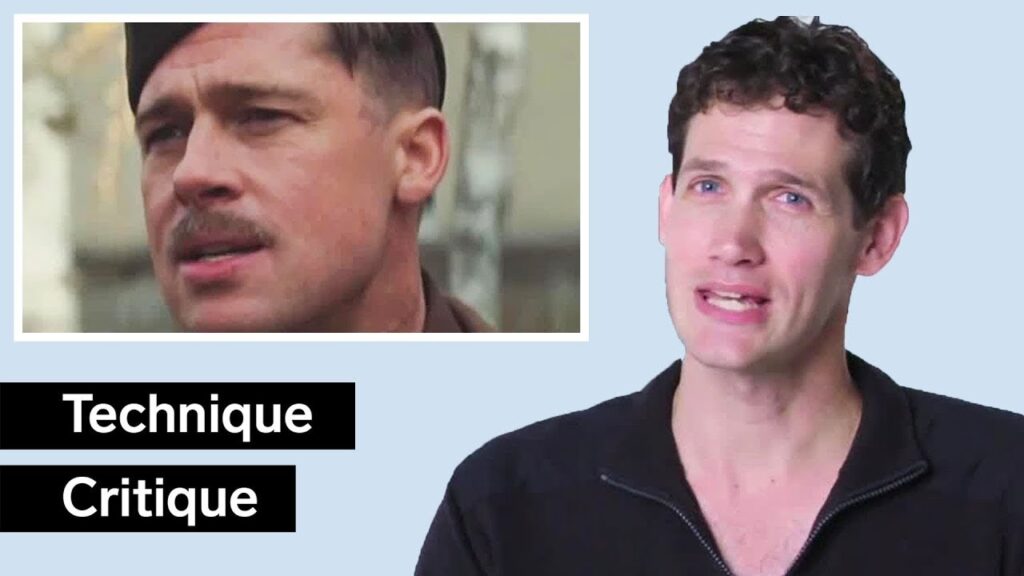The Truth About Medical Scenes in TV and Movies
Summary
In this article, we explore the accuracy of medical scenes portrayed in movies and TV shows. A surgical resident at Columbia University breaks down clips from popular shows and explains the reality behind them. We also discuss various medical scenarios, including tourniquet use, compartment syndrome, organ transplantation, patient transport, Glasgow Coma Scale, medical interpreters, and removing live ordinance from a human body cavity in a field hospital.
Table of Contents
- Learning by Doing: Dr. Turk’s Defibrillator Mishap
- The Professor’s Request for a Heavy Suture
- Flatlining as a Hobby? Not Recommended
- Removing Life Support and Farting in the Operating Room
- Self-Surgery: Fact or Fiction?
- Accuracy of Medical Scenes in TV and Movies
- Tourniquet Use, Compartment Syndrome, and Organ Transplantation
- Dangers of Patient Transport
- Glasgow Coma Scale and Medical Interpreters
- Removing Live Ordinance in a Field Hospital
Learning by Doing: Dr. Turk’s Defibrillator Mishap
In the TV show Scrubs, Dr. Turk learns how to use a defibrillator by practicing on a patient who is only sleeping. However, this is not an accurate representation of how medical professionals are trained. In real life, medical students and residents practice on mannequins and simulated patients before performing procedures on real patients.
The Professor’s Request for a Heavy Suture
In a scene from Chicago Med, the professor in charge of his own heart surgery requests a suture that is too heavy for the graft size, leading to his removal from the surgery. While this may seem like a dramatic plot point, it is actually a common occurrence in the medical field. Surgeons must make split-second decisions during surgeries, and mistakes can happen.
Flatlining as a Hobby? Not Recommended
In the TV show Barry, Bill Hader’s character describes flatlining as a hobby. However, this is not recommended as it can lead to asystole, which cannot be reversed with a shock. In real life, medical professionals take all necessary precautions to prevent flatlining and other dangerous situations.
Removing Life Support and Farting in the Operating Room
Contrary to popular belief, doctors do not turn off monitors when removing life support to create a peaceful environment. In fact, they monitor patients closely during the process to ensure their safety. Additionally, farting in the operating room is not uncommon and does not lead to expulsion from residency.
Self-Surgery: Fact or Fiction?
Self-surgery has been documented, including Dr. Leonid Rogozo removing his own appendix in Antarctica and Aaron Ralston amputating his own arm after being trapped by a boulder. However, these cases are extremely rare and not recommended. In most cases, attempting self-surgery is dangerous and can lead to serious complications.
Accuracy of Medical Scenes in TV and Movies
In the TV show The Good Doctor, a technique called cardiopulmonary bypass is explained. While the show accurately describes the technique, it fails to mention the potential complications, such as bleeding and difficulty restarting the heart after the operation. Similarly, The Sopranos portrays self-extubation accurately, but fails to emphasize the dangers of the patient removing their own endotracheal tube.
Tourniquet Use, Compartment Syndrome, and Organ Transplantation
The speaker also discusses the importance of knowing how to use a tourniquet, as well as the dangers of compartment syndrome and the life-changing procedure of organ transplantation.
Dangers of Patient Transport
Patient transport can be dangerous, as the patient’s condition can change rapidly during transport. Medical professionals must be prepared for any situation that may arise.
Glasgow Coma Scale and Medical Interpreters
The Glasgow Coma Scale is a tool used to assess a patient’s level of consciousness. Medical interpreters are also crucial in providing accurate care for non-English speaking patients.
Removing Live Ordinance in a Field Hospital
In a field hospital, removing live ordinance from a human body cavity can be extremely dangerous. Medical professionals must take all necessary precautions to ensure their safety and the safety of their patients.
Conclusion
While TV shows and movies can be entertaining, they often do not accurately portray medical scenarios. Medical professionals must be trained to handle a wide range of situations, and mistakes can happen. It is important to seek accurate information and not rely solely on what is portrayed in the media.






